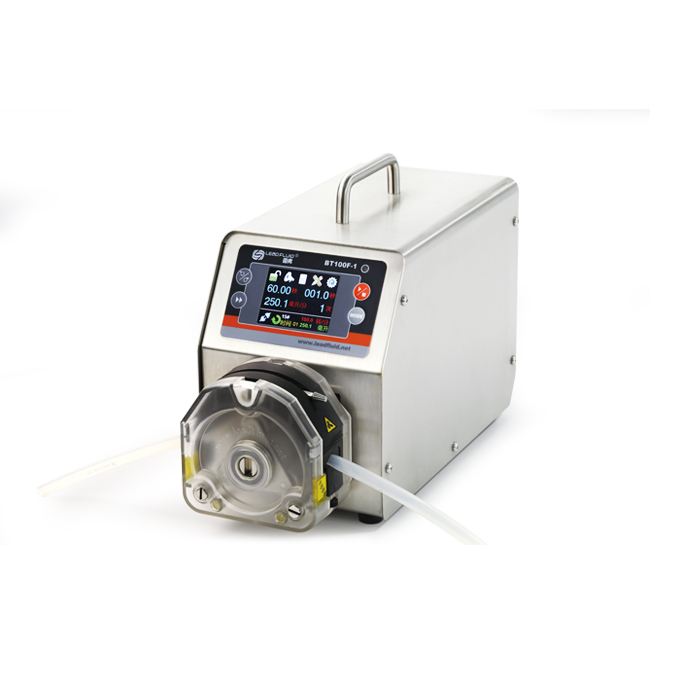Introduction
Peristaltic pumps are widely used in various industries for their ability to handle delicate and viscous fluids without contamination. One crucial component of a peristaltic pump system is the hose, which plays a vital role in facilitating fluid transfer. In this article, we will explore the function of peristaltic pump hoses and discuss the importance of selecting the right materials for their construction.
Function of Peristaltic Pump Hoses
Peristaltic pump hoses serve several key functions within the system:
- Fluid Conveyance: The primary function of a peristaltic pump hose is to facilitate the transfer of fluids. The hose acts as a flexible conduit, allowing the fluid to flow from the source to the destination. It must maintain a consistent inner diameter to ensure smooth and uninterrupted fluid flow.
- Compression and Occlusion: Peristaltic pumps operate by compressing and relaxing the hose to propel the fluid forward. The hose’s elasticity and resilience enable it to withstand repeated compression and maintain its shape during the pumping process. The compression and occlusion action create a positive displacement effect, ensuring accurate and consistent fluid transfer.
- Chemical Resistance: Peristaltic pump hoses must be resistant to the specific chemicals or fluids being handled. Different fluids may have varying levels of corrosiveness or compatibility requirements. The hose material should be able to withstand exposure to chemicals without degradation or compromising the fluid’s integrity.
Material Selection for Peristaltic Pump Hoses
Choosing the right material for peristaltic pump hoses is crucial for ensuring optimal performance, longevity, and compatibility with the fluid being transferred. Several factors should be considered when selecting materials:
- Flexibility and Elasticity: Peristaltic pumps rely on the flexibility and elasticity of the hose to achieve effective compression and occlusion. The hose material should possess excellent flexibility to accommodate the repeated cycles of compression and relaxation without cracking or losing its shape. Common materials used for peristaltic pump hoses include natural rubber, silicone, and thermoplastic elastomers (TPE).
- Chemical Resistance: The hose material must be resistant to the specific chemicals or fluids being handled. It should not degrade or react with the fluid, ensuring the integrity and purity of the transported substance. The choice of material depends on the chemical compatibility requirements of the application. Different elastomers or polymer blends may offer varying levels of chemical resistance.
- Wear Resistance: Peristaltic pump hoses experience friction and wear due to the repeated compression and relaxation cycles. The material should possess good wear resistance to withstand the mechanical stress and extend the hose’s lifespan. Reinforcements, such as fabric or wire braids, can be incorporated into the hose design to enhance its durability.
- Sterilization Capability: In applications where sterility is crucial, such as in the pharmaceutical or food industries, the hose material should be capable of withstanding various sterilization methods. Autoclaving, gamma irradiation, or chemical sterilization processes may be employed, and the material should not be adversely affected by these procedures.
- Cost Considerations: The cost of the hose material should be taken into account, especially for large-scale industrial applications. Balancing performance and cost is essential in material selection, ensuring that the chosen material meets the application requirements without unnecessary expenses.
Conclusion
Peristaltic pump hoses play a critical role in the efficient operation of peristaltic pump systems. They facilitate fluid conveyance,peristaltic pump hose provide compression and occlusion for fluid transfer, and ensure chemical compatibility and wear resistance. Selecting the appropriate material for peristaltic pump hoses is essential, considering factors such as flexibility, chemical resistance, wear resistance, sterilization capabilities, and cost. By understanding the functions and material considerations, engineers and system designers can make informed decisions when selecting peristaltic pump hoses, leading to improved performance, reliability, and longevity of the pump system.
